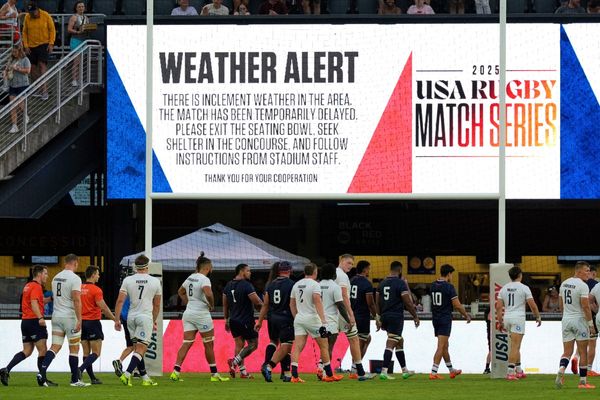
Fast food is everywhere. You see the ads on TV, on billboards, and all over your social feeds. The food always looks perfect—juicy burgers, crispy fries, and thick milkshakes. But when you order, what you get often looks nothing like the ad. This isn’t just about disappointment. It’s about trust. If a company can’t show you the real thing, what else are they hiding? Understanding how fast-food chains stretch the truth in their ads can help you make better choices and avoid falling for the same tricks. Here are seven times fast-food chains lied in their ads, and what you can do about it.
1. The Burger That Wasn’t So Big
Many fast-food chains use the word “big” to describe their burgers. You see a huge, stacked burger in the ad. The bun is fluffy, the patty is thick, and the toppings spill out. But when you open the box, the burger is small and flat. This isn’t just a one-time thing. Chains like McDonald’s and Burger King have faced complaints and even lawsuits over the size of their burgers compared to what’s shown in ads. The lesson: don’t trust the word “big” in fast-food ads. If size matters to you, check reviews or photos from real customers before you order.
2. The “Fresh” Salad That Wasn’t Fresh
Fast-food chains love to use the word “fresh.” You see bright green lettuce, ripe tomatoes, and crisp cucumbers in the ad. But sometimes, what you get is wilted, soggy, or even brown. Some chains have been caught using pre-packaged salads that sit for days before being served. The word “fresh” in ads doesn’t always mean what you think. If you want a truly fresh salad, ask when it was made or look for places that make salads to order.
3. The Overflowing Toppings Trick
Pizza ads are famous for this. You see a pizza loaded with cheese, pepperoni, and veggies. The toppings go all the way to the edge. But when your pizza arrives, the toppings are sparse and clumped in the middle. This is a common trick. Food stylists push toppings to the front for the photo, but the real pizza is made with less. If you want more toppings, ask for extra or try a local pizzeria that doesn’t skimp.
4. The “Real” Ingredients Claim
Some fast-food chains claim to use “real” or “all-natural” ingredients. But these words don’t always mean what you think. For example, “real cheese” might be a blend of cheese and fillers. “All-natural” can still include processed ingredients. The FDA doesn’t have strict rules for these terms in ads. If you care about what’s in your food, check the ingredient list on the company’s website.
5. The Perfectly Stacked Sandwich
You see a sandwich in the ad with layers of meat, cheese, lettuce, and tomato, all stacked neatly. But your sandwich looks like it was thrown together in a rush. The bread is squished, the toppings are uneven, and the sauce is leaking out. This isn’t just bad luck. Food stylists use toothpicks, glue, and even cardboard to make sandwiches look perfect in ads. The real thing is made fast, often by someone working under pressure. If presentation matters to you, eat in the restaurant and ask for your sandwich to be made fresh.
6. The “Limited Time Only” Gimmick
Fast-food chains love to say something is available for a “limited time only.” This creates urgency and makes you want to try it before it’s gone. But sometimes, the item comes back again and again. Or, it never really leaves the menu. This is a marketing trick to boost sales. Don’t feel pressured to buy just because something is “limited.” If you like it, ask if it will be back.
7. The “Healthy” Menu Illusion
Many chains now offer “healthy” options. You see ads for grilled chicken, low-calorie wraps, or “light” salads. But when you check the nutrition facts, these items can be high in sodium, sugar, or fat. The word “healthy” in ads is often just a label. If you’re watching your diet, look up the nutrition info before you order. Don’t assume something is good for you just because the ad says so.
Why Fast-Food Ad Lies Matter
Fast-food chains use these tricks to get your attention and your money. But you don’t have to fall for them. By knowing how ads can mislead, you can make smarter choices. Look for real photos, check reviews, and read ingredient lists. Don’t let a flashy ad decide what you eat. Your money and your health are worth more than a clever marketing trick.
Have you ever felt misled by a fast-food ad? Share your story in the comments.
Read More
The Ultimate Guide to Finding the Best BOGO Deals
10 Insanely Good Dollar General Coupon Deals You Can’t Afford to Miss
The post 7 Times Fast-Food Chains Lied in Their Ads appeared first on Grocery Coupon Guide.







